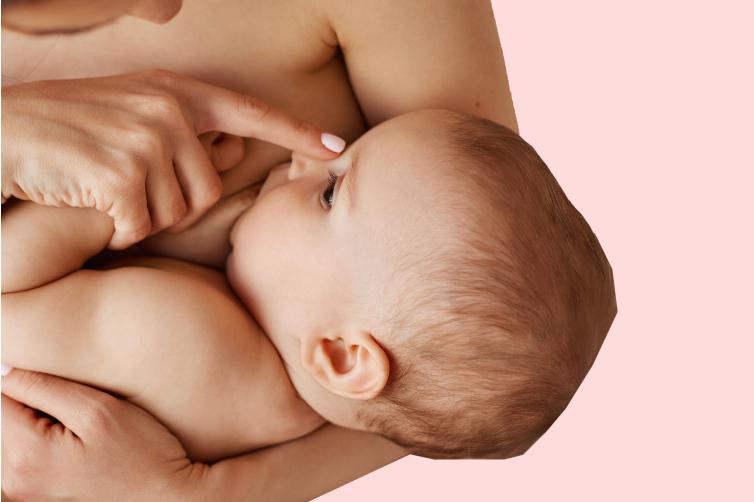Our first skin to skin 🥰🫶🏾 She is doing so well, she turned one month Monday !! She’s doubled her birth weight. ALL PRAISE TO THE MOST HIGH ‼️‼️💕 #preemie #27weeks #nicu #mommasBIGgirl


Our first skin to skin 🥰🫶🏾 She is doing so well, she turned one month Monday !! She’s doubled her birth weight. ALL PRAISE TO THE MOST HIGH ‼️‼️💕 #preemie #27weeks #nicu #mommasBIGgirl
Update: Skin to skin contact with Alexander last night as he kept putting up his fingers near his left eye like he's saying Fierce. He did here and there open his eyes while daddy took the picture, but he was trying to make daddy work for an eye open photo. Last night we found out that Alexander is gonna be a mommy's boy and call for mommy more than daddy.

Answer

1
First time doing skin to skin 😻🥰🥰🥰🥰❤️✨ #babyboy #1weekold #nicu ❤️

Answer

1
Here he is!!! Ryland Thomas Jones 💙💙💙 5lbs 9.9oz 18in long. He is already a good baby and barely had cried. I got about 30 mins skin to skin contact with him, and got him to latch briefly before we were separated 😔 he's going to the nursery, not NICU, for some extra oxygen. But besides that he's great!!! I can't wait to see him hopefully in a few hours. I'm gonna get busy pumping so he has my milk and my supply comes in. Thank you everyone for all the prayers ❤️❤️❤️ God is good!!!

Answer

0
Any moms had their baby early and didn’t bond right away I didn’t have skin to skin though he was born at 32 weeks currently in NICU

Answer

0
Feeding every two hours having him latch changed bottles and doing skin to skin this might work better

Answer

1
It’s also not uncommon for newborns to be bathed soon after birth, often within the first two hours. A bath removes amniotic fluid and blood from your baby’s skin, so you may not think twice about your baby receiving its first bath. But there may be benefits to delaying the first bath. Bathing doesn’t only remove the aforementioned fluids from your newborn’s skin, it also removes the vernix caseosa, which is a white substance found on your baby’s skin. It’s also not uncommon for newborns to be bathed soon after birth, often within the first two hours. A bath removes amniotic fluid and blood from your baby’s skin, so you may not think twice about your baby receiving its first bath. But there may be benefits to delaying the first bath. Labor and delivery is a time of mixed emotions. You may be scared and nervous. Some women describe birth as the worst imaginable pain. But rest assured, those feelings will be forgotten the moment you lay eyes on your newborn. The minutes after the birth of a baby can seem like a blur. Mothers and babies enjoy a little cuddle time and skin-to-skin contact, but it isn’t long before a nurse scoops away newborns to check their weight, body temperature, and the circumference of their head. What is the vernix caseosa? The vernix caseosa is a protective layer on your baby’s skin. It appears as a white, cheese-like substance. This coating develops on the baby’s skin while in the womb. Traces of the substance may appear on skin after birth. You may wonder, what’s the purpose of this coating? To understand the role of the vernix caseosa, think of how your skin responds to too much water exposure. After swimming or taking a bath, it doesn’t take long for your fingers and skin to develop wrinkles. Fluids have the same effect on babies-to-be. Remember, your baby swims in amniotic fluid for 40 weeks. It’s this coating that protects an unborn baby’s skin from the fluid. Without this protection, a baby’s skin would chap or wrinkle in the womb. The vernix caseosa contributes to babies having soft skin after birth. It also protects your baby’s skin from infections while in the womb. The amount of vernix caseosa on your baby’s skin decreases the closer you get to your due date. It’s normal for full-term babies to have the substance on their skin. But if you deliver past your due date, your baby may have less of the coating. Premature babies tend to have more vernix caseosa than full-term babies. What are the benefits of the vernix caseosa? See next post for this info!

Answer

0
Answer
2